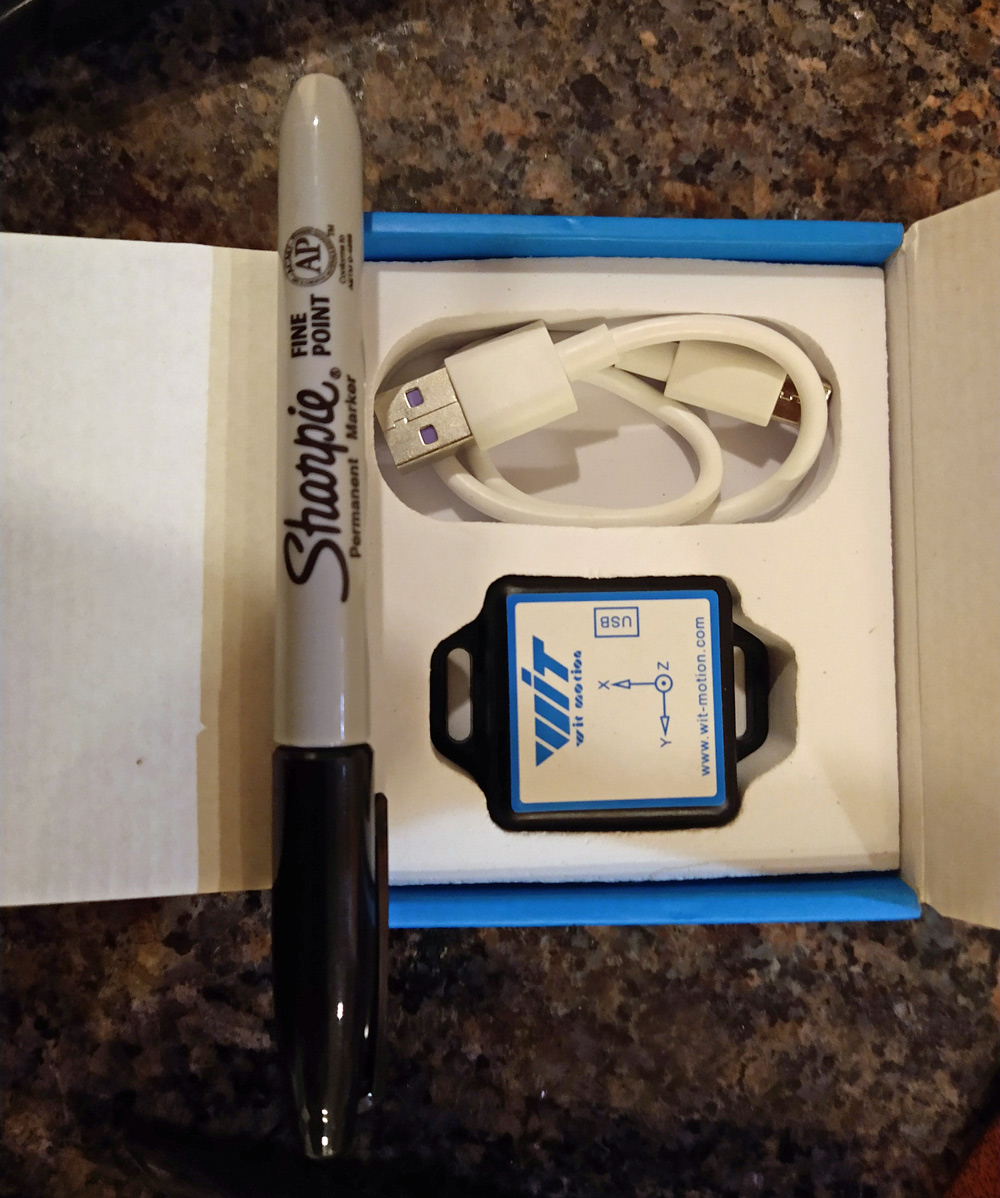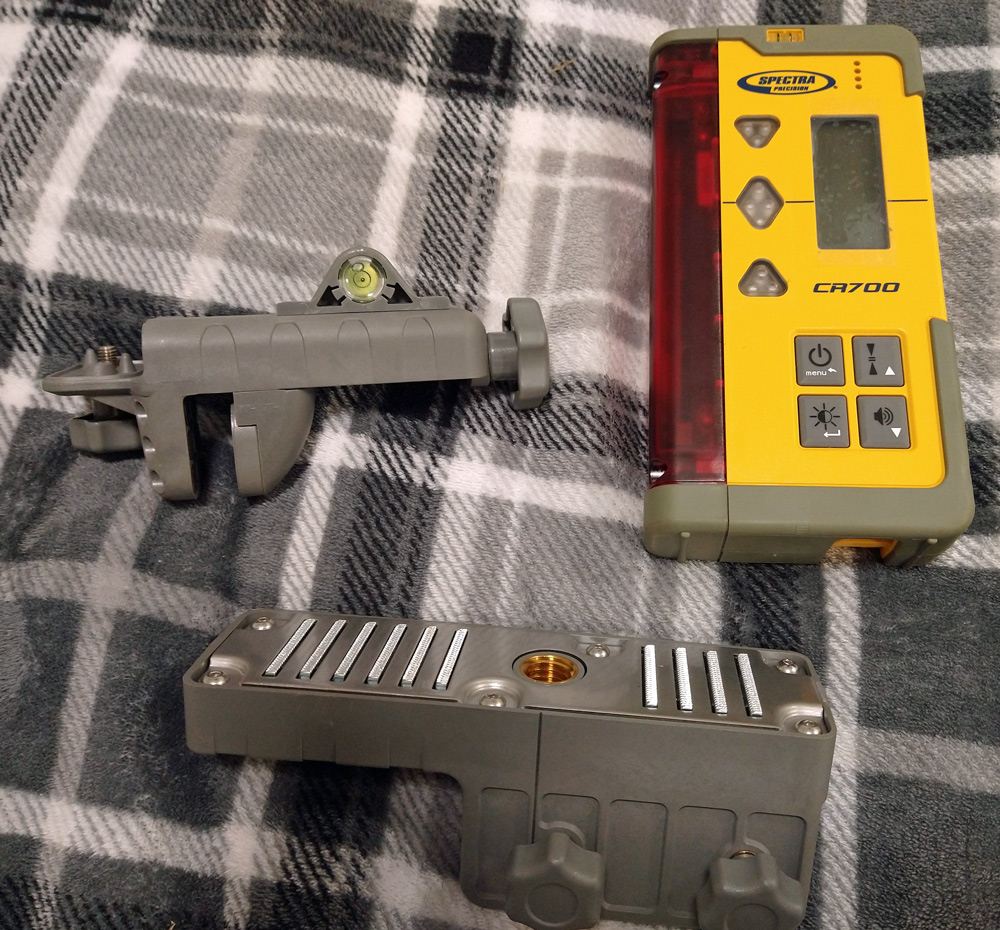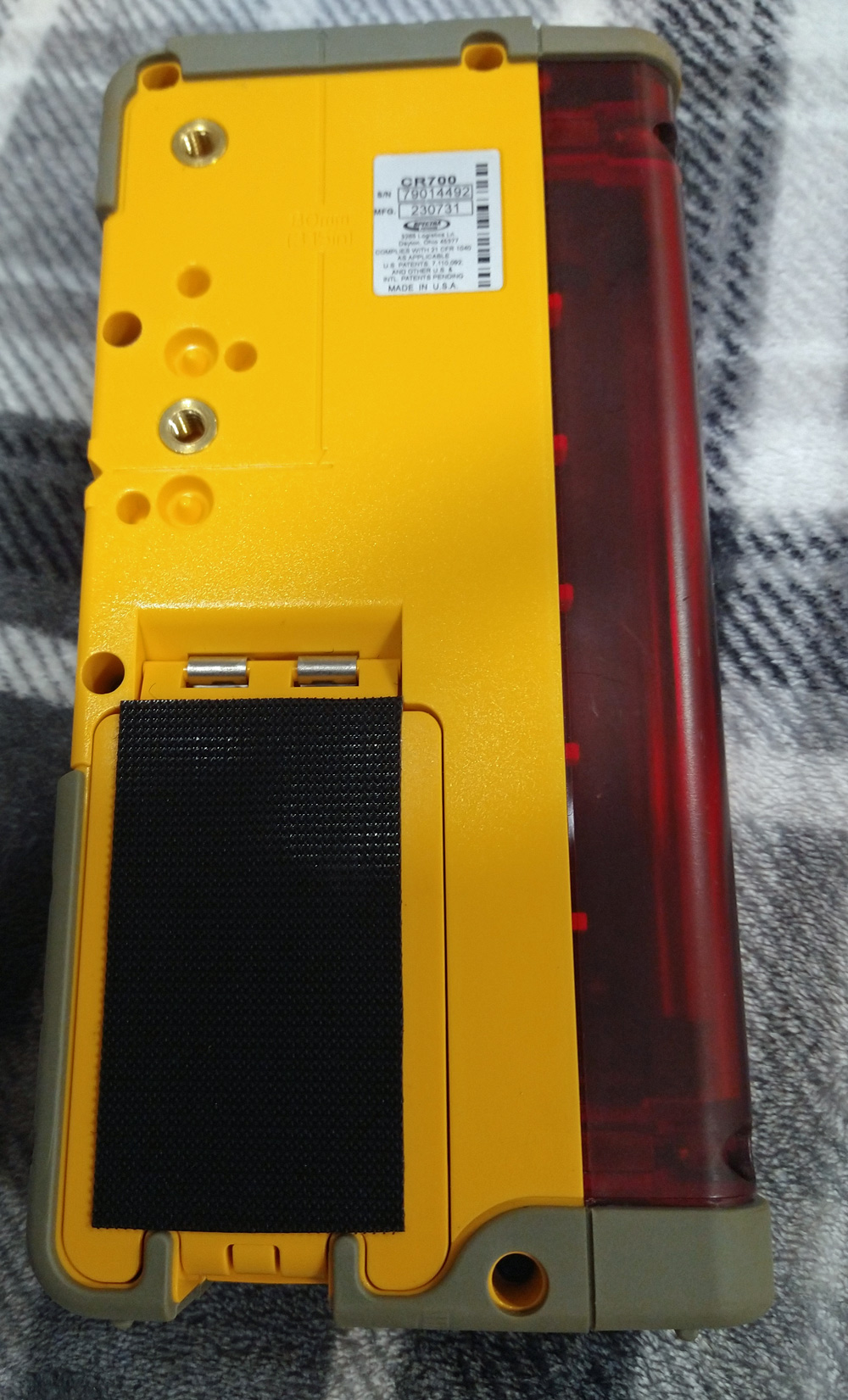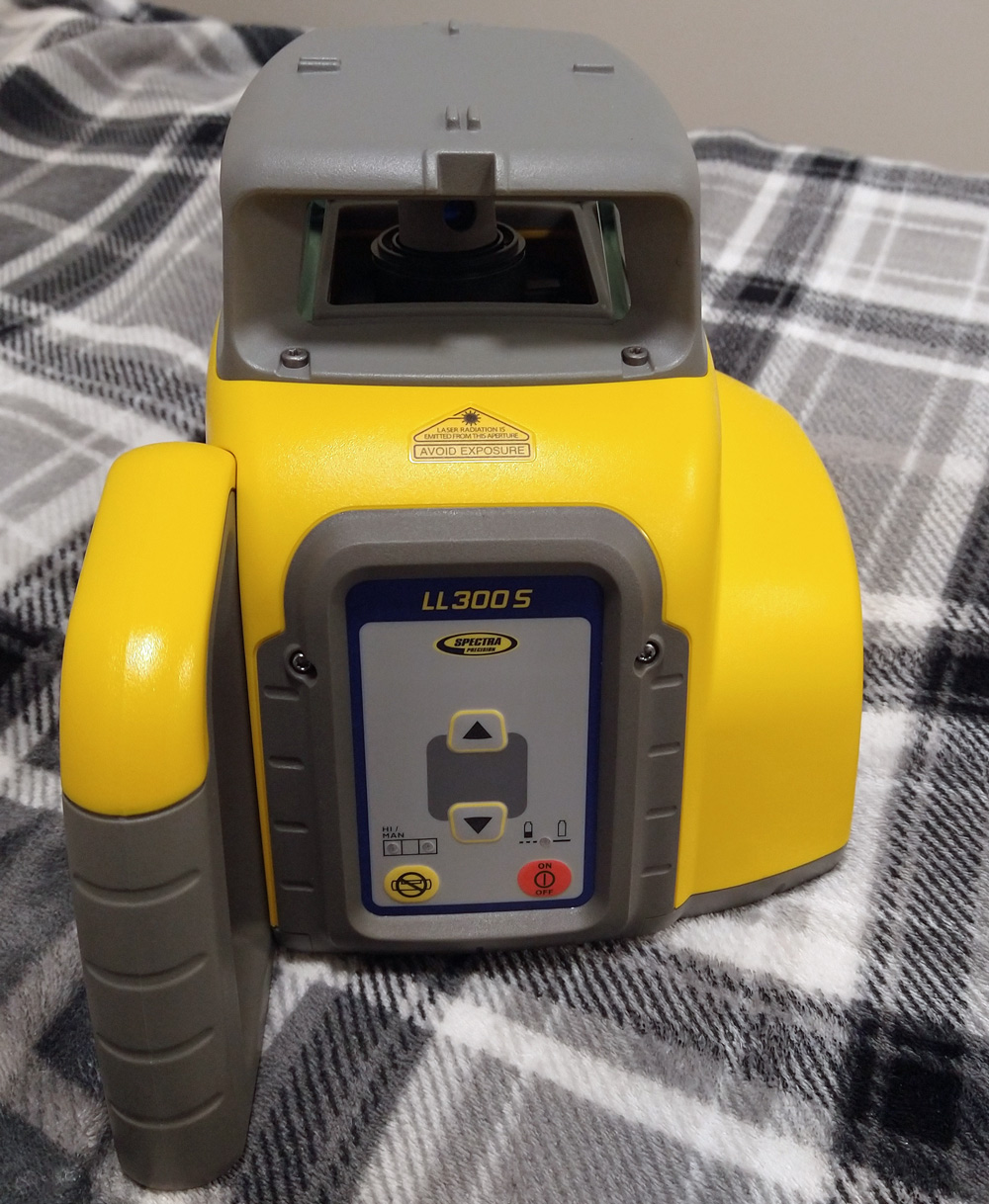yoderjac
Well-Known Member
I bought a JD 35g mini excavator a couple years ago. I've used it for habitat work and some driveway and logging road maintenance. I've got 2 projects I'm working on.
Driveway:
When the driveway was initially roughed in, I hired a dozer operator. He put in the major culvert pipes but did no real sloping of the road. The ground is fairly flat in general in this area. He worked with DOT for the connection to the public road and that is pretty sound. It has crush stone (78s I think) for the 1st 100 feet. It has crush-n-run right where it hits the public road. All of that is good.
As we get further down the driveway I had standing water which was destine to become mud holes. I cut a large swale ditch along the low side to direct water to a drain area. I then either sloped or crowned the road. I now have good drainage in general, but over time found an issue that needs addressed.
The property on the high side has large ditches perpendicular to the driveway that fill up with water in heavy rain. They end about 10' from the driveway. Most of the time, everything is fine, but when we get several days in a row of significant rainfall, water is oozing out of the soil and trickling across the road in several places. If I don't address this, I'm afraid that in the long run, no matter how I finish the road, there will be a problem
Since the road is pretty solid in general, rather than adding several more culverts, I plan to try to use a combination of a transport pipe, French drain, and ditching to send the water parallel to the road to an existing culvert pipe under the road.
While the area is flat in general, it does undulate a bit along the run of the road. So, I decided to invest in a rotary laser and combo detector. This will be my first time trying to use a rotary laser level.
The area near the culvert pipe is high ground with no runoff issues across the road. Next is and area at the end of one of the ditches and is where I'm getting my primary water issue. Then there are non-problem areas until we get to the next ditch.
I have not been out with a grade rod yet, so I don't have a detailed plan. My general plan is to use the laser and excavator to dig a ditch from the bottom of the culvert on a 1% or so slope along the road. My thought is to just run a pipe along the ditch in that first high ground area to save money. I'd then put a french drain in along the problem area and go as far as I can (give the grade) to some low spot where I can put in a catch basin. From there, I hope to be able to just trench along the road to direct and water further down to the catch basin. I may or may not need to do one more culvert but I hope not.
Camp Area:
When we had a recent timber sale, we had them clear-cut around camp. I have been pulling stumps for a bit. The next part will be to do some rough grading. There is a slight slope in away from our camp road here (which is good), but there are a lot of pockets and low spots where stumps were removed and filled in and sank over time. It was finally dry enough last weekend for me to disk the area so it should dry out enough for me to begin grading
I have a tractor and box blade and the mini excavator to work with. I can bucket grade with the excavator using an inclinometer in the cab. I just turn it 90 degrees and use the blade to set an angle. It works, but it is a very slow process and I have about 1/2 acre to do. I think a box blade will probably be my best bet, at least for the initial part. I'm wondering if I could weld a pipe on to the blade of the excavator and put the laser detector on it and somehow use the laser.
Details:
The laser I got is a Spectra LL300S ( it has manual slope that I'll need for the trench). The receiver is a Spectra CR700 Combo receiver that I can use on a rod or my machine.
I would appreciate any pointers or suggestions any of you might have. I'm fair operating the 35G. I have about 500 engine hours in the seat, but I don't do anything fancy like try to use the foot pedals to move it while operating the boom with my hands. I have a 1 foot, and 2 foot digging buckets for it and a 3' grading bucket. This will be my first attempt with a laser level for grading.
Driveway:
When the driveway was initially roughed in, I hired a dozer operator. He put in the major culvert pipes but did no real sloping of the road. The ground is fairly flat in general in this area. He worked with DOT for the connection to the public road and that is pretty sound. It has crush stone (78s I think) for the 1st 100 feet. It has crush-n-run right where it hits the public road. All of that is good.
As we get further down the driveway I had standing water which was destine to become mud holes. I cut a large swale ditch along the low side to direct water to a drain area. I then either sloped or crowned the road. I now have good drainage in general, but over time found an issue that needs addressed.
The property on the high side has large ditches perpendicular to the driveway that fill up with water in heavy rain. They end about 10' from the driveway. Most of the time, everything is fine, but when we get several days in a row of significant rainfall, water is oozing out of the soil and trickling across the road in several places. If I don't address this, I'm afraid that in the long run, no matter how I finish the road, there will be a problem
Since the road is pretty solid in general, rather than adding several more culverts, I plan to try to use a combination of a transport pipe, French drain, and ditching to send the water parallel to the road to an existing culvert pipe under the road.
While the area is flat in general, it does undulate a bit along the run of the road. So, I decided to invest in a rotary laser and combo detector. This will be my first time trying to use a rotary laser level.
The area near the culvert pipe is high ground with no runoff issues across the road. Next is and area at the end of one of the ditches and is where I'm getting my primary water issue. Then there are non-problem areas until we get to the next ditch.
I have not been out with a grade rod yet, so I don't have a detailed plan. My general plan is to use the laser and excavator to dig a ditch from the bottom of the culvert on a 1% or so slope along the road. My thought is to just run a pipe along the ditch in that first high ground area to save money. I'd then put a french drain in along the problem area and go as far as I can (give the grade) to some low spot where I can put in a catch basin. From there, I hope to be able to just trench along the road to direct and water further down to the catch basin. I may or may not need to do one more culvert but I hope not.
Camp Area:
When we had a recent timber sale, we had them clear-cut around camp. I have been pulling stumps for a bit. The next part will be to do some rough grading. There is a slight slope in away from our camp road here (which is good), but there are a lot of pockets and low spots where stumps were removed and filled in and sank over time. It was finally dry enough last weekend for me to disk the area so it should dry out enough for me to begin grading
I have a tractor and box blade and the mini excavator to work with. I can bucket grade with the excavator using an inclinometer in the cab. I just turn it 90 degrees and use the blade to set an angle. It works, but it is a very slow process and I have about 1/2 acre to do. I think a box blade will probably be my best bet, at least for the initial part. I'm wondering if I could weld a pipe on to the blade of the excavator and put the laser detector on it and somehow use the laser.
Details:
The laser I got is a Spectra LL300S ( it has manual slope that I'll need for the trench). The receiver is a Spectra CR700 Combo receiver that I can use on a rod or my machine.
I would appreciate any pointers or suggestions any of you might have. I'm fair operating the 35G. I have about 500 engine hours in the seat, but I don't do anything fancy like try to use the foot pedals to move it while operating the boom with my hands. I have a 1 foot, and 2 foot digging buckets for it and a 3' grading bucket. This will be my first attempt with a laser level for grading.




